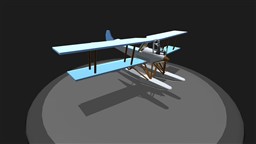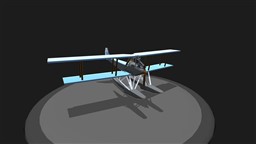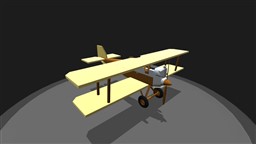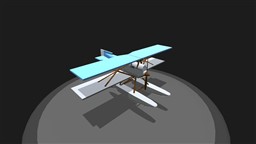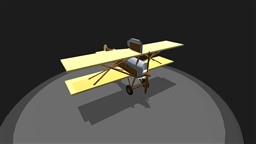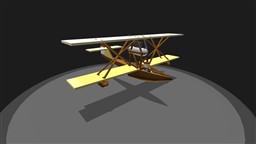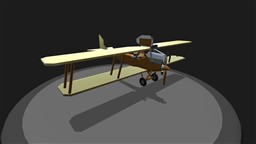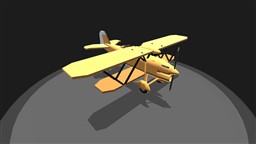2,128 Turdy1
Player Biography
Founder, President, Chief Designer, and Chief Test Pilot at Paulus Aviation. Having lived in the same state that built the F4U Corsair, I take pride in ripping off the design's iconic inverted gull wings for my own purposes.
A Note on Paint and Successor designs: The paint scheme on all of our designs, bare metal with yellow control surfaces, is intended for our prototypes. As a result, we encourage the users of our designs to repaint them to suit your needs. We additionally encourage the uploading of successor designs with said paint schemes, as long as they are uploaded with their service designations.
FLYING BOATS AND YOU: A PSA FROM THE PAULUS AVIATION COMPANY
Greeting, pilot. It's nice to see you've procured one of our flying boat designs. But before you strap in and take her for a spin, there's a few things you need to learn. In the air, flying boats handle just like any other plane. But in the water, it's a whole different story.
For land-based aircraft, all of the surface resistance is transferred to wheels that roll, but for a 'boat, it's all transferred to the massive hull. This means more than just longer takeoffs. With so much resistance being applied to the lower part of the aircraft, the aircraft can easily capsize when several hundred horsepower is applied to the rest of the airframe.
Now, friction isn't the only thing affecting takeoff. It is essential that we keep the engine free from ocean spray as much as possible. As a result, they tend to be mounted fairly high on the aircraft. This makes the aircraft a bit nose-heavy in flight, and adds to the aforementioned issues on takeoff.
Landings are a bit tricky as well. As mentioned before, hulls have more resistance than wheels. This means landing with with one of the outrigger floats hitting the water first can flip the plane. An unfortunate end to a great flight.
Now, this all makes flying a 'boat seem daunting, but as long a you keep the following in mind, You'll have no problems:
-On takeoff, keep the nose above the horizon. Additionally, limit the throttle to roughly 40%. It can be brought higher if the nose remains above the horizon, but it's best to play it safe.
-Once airborne, open the throttle fully, and apply back-pressure as needed. It is recommended that the trim be adjusted to improve aircraft handling.
-When landing, keep the nose above the horizon and keep the wings level to ensure a smooth touchdown.
Keep this information in mind, and soon you'll be flying our 'boats with the same ease you do other landplanes. So, have fun, and safe flying!
Paulus Aviation: From the Sea, Beyond.

